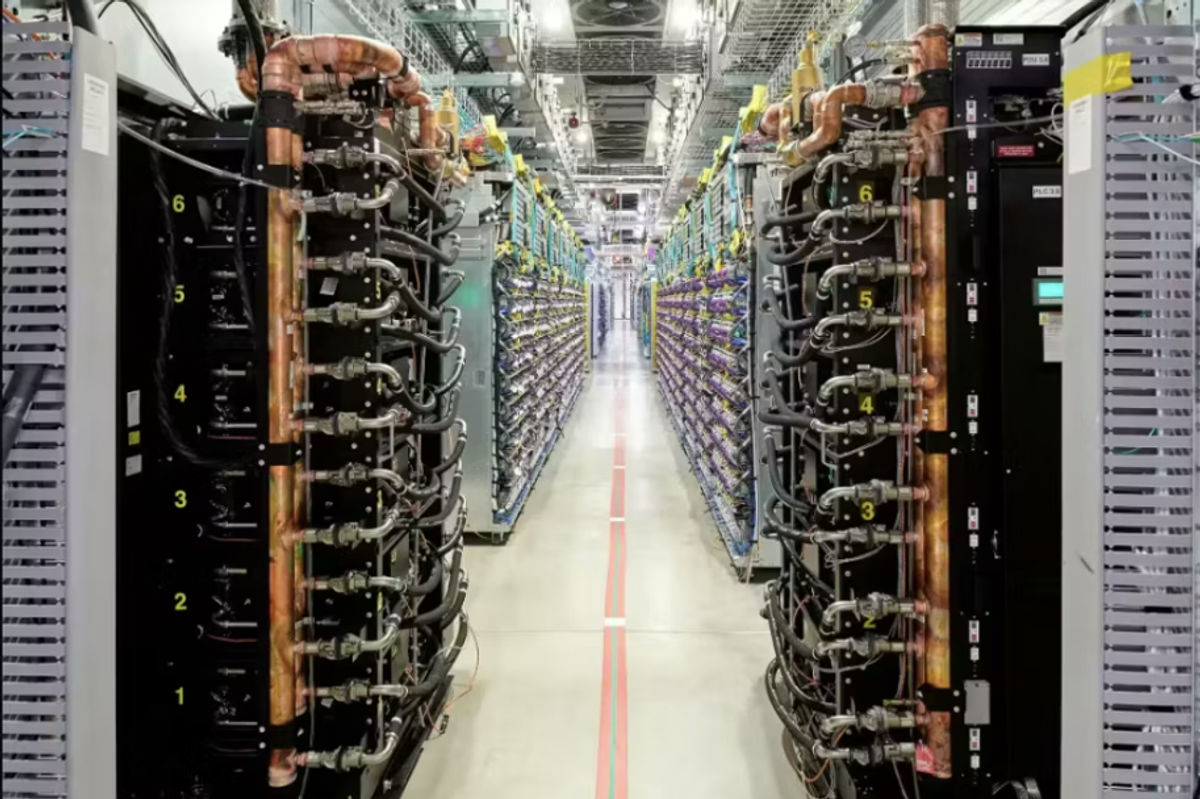Houston energy transition events not to miss, expert commentary on climate crisis, and more things to know
take note
Editor's note: Start your week off strong with three quick things to catch up on in Houston's energy transition: a roundup of events not to miss, a new Houston energy executive to know, and more.
Events not to miss
Put these Houston-area energy-related events on your calendar.
- Future of Energy Summit is Tuesday, February 6, at AC Hotel by Marriott Houston Downtown. Register.
- The 2024 NAPE Summit is Wednesday, February 7, to Friday, February 9, at the George R. Brown Convention Center. It's the energy industry’s marketplace for the buying, selling and trading of prospects and producing properties. Register.
- The De Lange Conference, taking place February 9 and 10 at Rice University's Baker Institute for Public Policy, is centered around the theme “Brave New Worlds: Who Decides? Research, Risk and Responsibility” this year. Register.
- The Future of Energy Across the Americas: Helping Lawyers Predict and Adapt — the 2024 Houston Energy Conference — is February 27 to March 1. Register.
- CERAWeek 2024 is Monday, March 18, to Friday, March 22, in the George R. Brown Convention Center. Register.
Commentary: Chris Wood, co-founder of Moonshot Compost, on loving the climate apocalypse
Chris Wood knows that the last thing anyone wants to be reminded of in 2024 is the impending climate apocalypse, but, as he writes in his guest column, "There is a scientific consensus that the world climate is trending towards uninhabitable for many species, including humans, due in large part to results of human activity."
He cites a report that 93 percent “believe that climate change poses a serious and imminent threat to the planet.”
"Until recently reviewing this report, I was unaware that 93 percent of any of us could agree on anything," he writes. "It got me thinking, how much of our problem today is based on misunderstanding both the nature of the problem and the solution?" Read more.
New hire: Bracewell names new partner to advise clients on energy transition tax incentives
Bracewell announced that Jennifer Speck has joined the firm's tax department as a partner in the Houston office. Speck will advise clients on energy transition tax incentives.
Some of her experiences include onshore and offshore wind, solar, carbon capture, clean hydrogen and clean fuel projects. She recently served as senior manager of tax and regulatory compliance at Navigator CO2 Ventures LLC. She graduated in 2010 with a B.F.A. in mental health psychology from Northeastern State University, and received her J.D., with honors, from The University of Tulsa College of Law in 2012. Read more.










